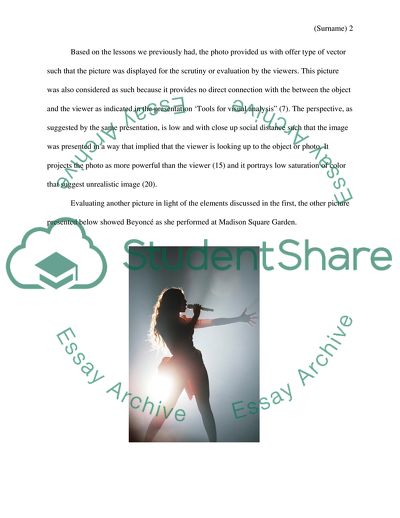Cite this document
(Pop Culture and Its Effect on the Perception of Beauty Assignment - 2, n.d.)
Pop Culture and Its Effect on the Perception of Beauty Assignment - 2. https://studentshare.org/culture/1802479-paper-3-the-final
Pop Culture and Its Effect on the Perception of Beauty Assignment - 2. https://studentshare.org/culture/1802479-paper-3-the-final
(Pop Culture and Its Effect on the Perception of Beauty Assignment - 2)
Pop Culture and Its Effect on the Perception of Beauty Assignment - 2. https://studentshare.org/culture/1802479-paper-3-the-final.
Pop Culture and Its Effect on the Perception of Beauty Assignment - 2. https://studentshare.org/culture/1802479-paper-3-the-final.
“Pop Culture and Its Effect on the Perception of Beauty Assignment - 2”. https://studentshare.org/culture/1802479-paper-3-the-final.


